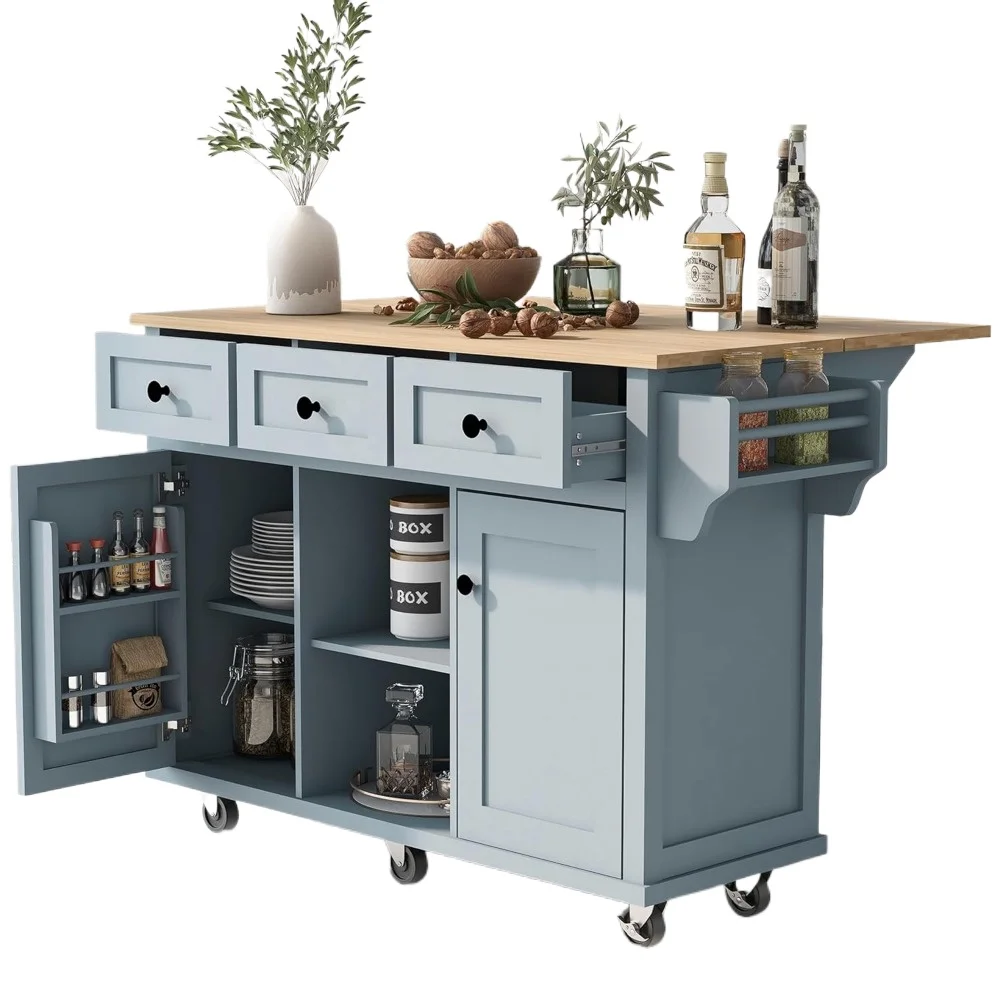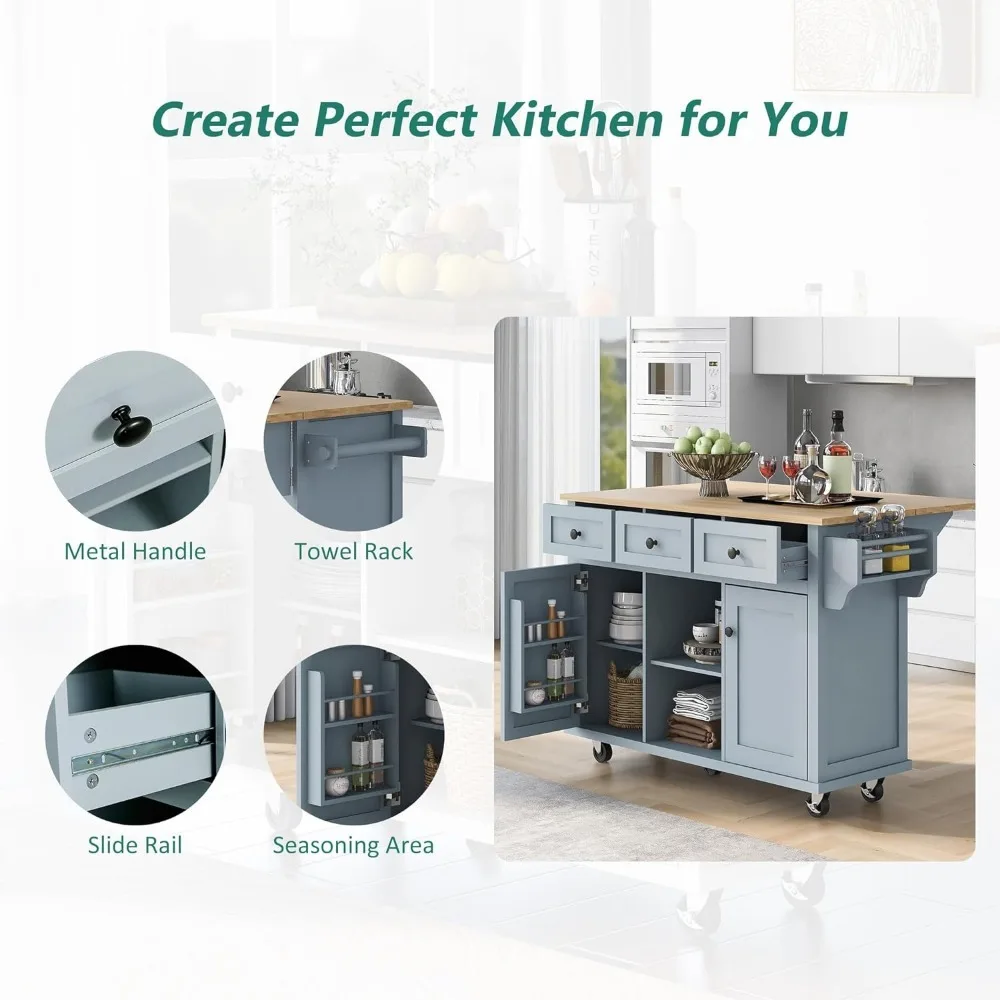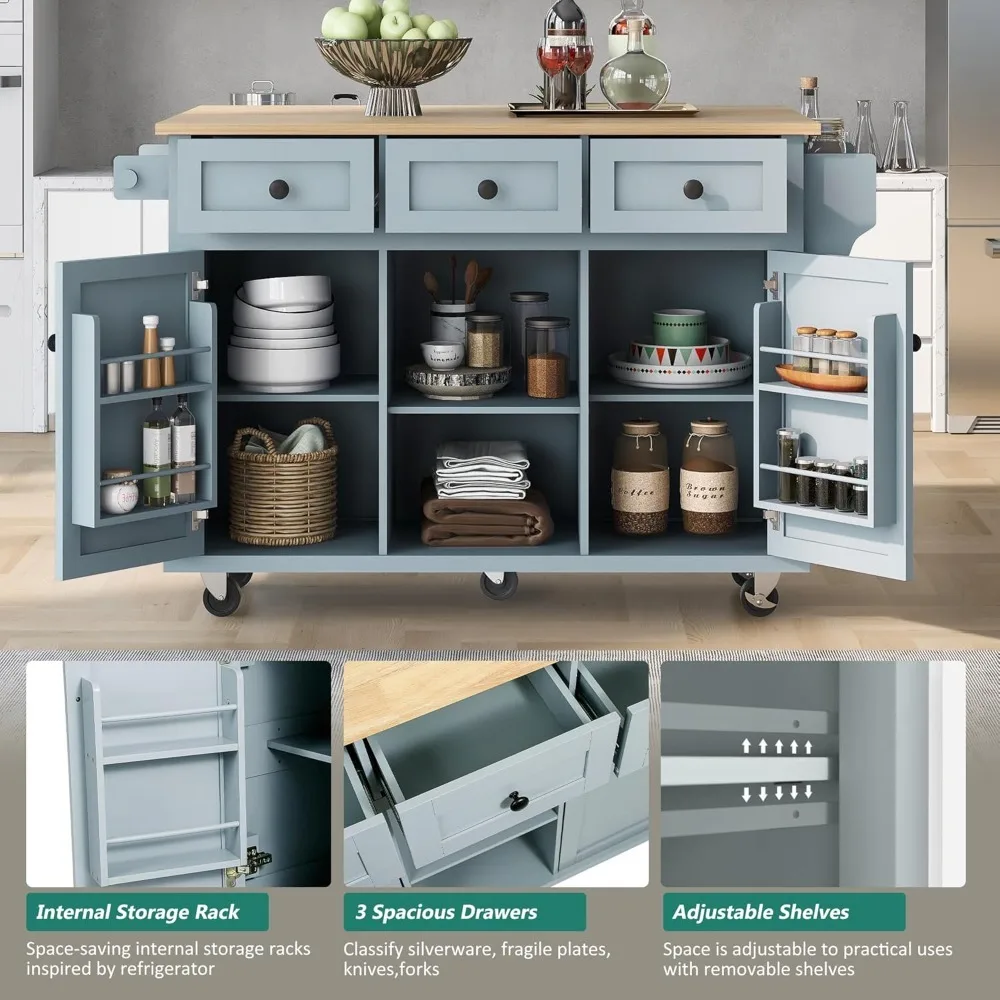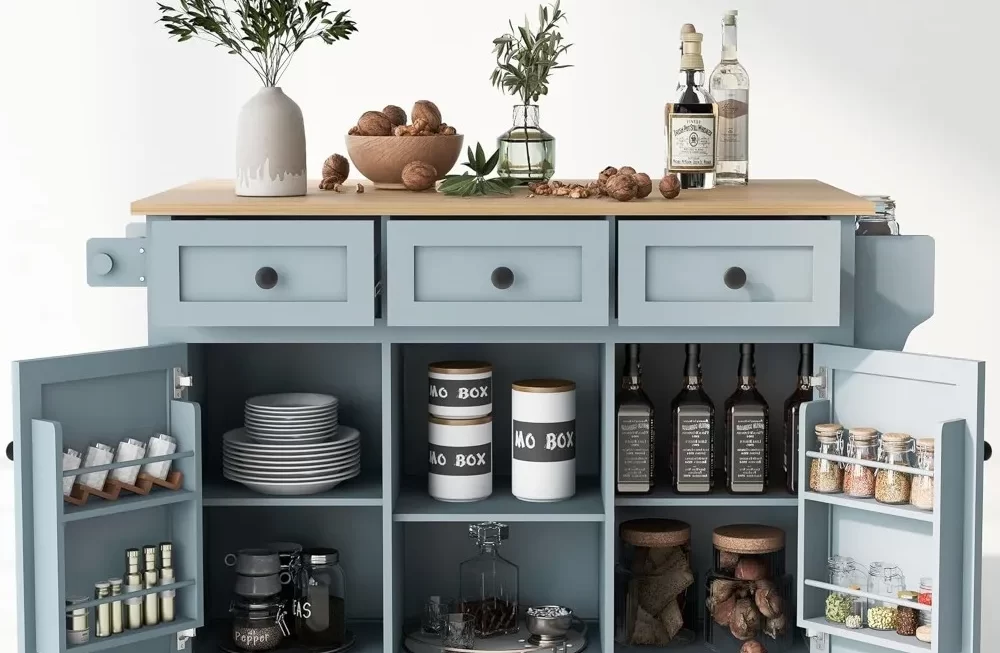Introduction
A galley kitchen is a popular and efficient kitchen design that maximizes space and functionality, especially in smaller homes and apartments. This article explores what is a galley kitchen, their benefits, design considerations, and practical tips for making the most out of this kitchen layout.

What is a Galley Kitchen?
A galley kitchen is a layout where the kitchen space is narrow and elongated, with cabinets and appliances installed along two parallel walls. This design is named after the narrow kitchens found on ships, which are often referred to as galleys. The galley kitchen’s configuration promotes efficiency and makes the most of limited space.
Features of a Galley Kitchen
A kitchen typically includes two main countertops that run parallel to each other. This setup creates a passageway between the two counters, allowing for a streamlined workflow. The countertops usually house essential kitchen appliances such as the sink, stove, and refrigerator. Cabinets and storage units are installed above and below the counters, providing ample storage space for kitchen essentials.
Another feature of a galley kitchen is the clear separation of the cooking, preparation, and cleaning areas. This layout facilitates an efficient workflow, making it easy to move from one task to the next. The design is particularly advantageous for those who appreciate a streamlined and organized kitchen environment.

Benefits of a Galley Kitchen
Kitchens offer several advantages, particularly in terms of space efficiency and functionality. Below are some of the key benefits of this kitchen design:
Space Efficiency
One of the most significant benefits of a galley kitchen is its space efficiency. By utilizing the available wall space and keeping the layout compact, a galley kitchen can make even the smallest areas feel functional and well-organized. This design is ideal for apartments or homes with limited kitchen space, as it maximizes every inch.
Improved Workflow
The layout of a kitchen promotes an efficient workflow. With all essential appliances and work surfaces within easy reach, the kitchen becomes a functional workspace where tasks can be performed seamlessly. The proximity of the stove, sink, and refrigerator helps streamline meal preparation and cooking, reducing unnecessary movement.
Cost-Effective Design
Galley kitchens are often more cost-effective compared to larger kitchen designs. The compact layout requires fewer materials and less labor to install, which can result in lower renovation costs. Additionally, the efficient use of space means that you can invest in high-quality appliances and fixtures without breaking the bank.
Design Considerations for Galley Kitchens
When designing a galley kitchen, there are several important considerations to keep in mind. These factors can influence both the functionality and aesthetics of the space.
Maximizing Storage
In a kitchen, storage is crucial due to the limited space. To maximize storage, consider installing cabinets that reach up to the ceiling. This will provide additional space for items that are not used daily. You can also incorporate pull-out shelves, lazy Susans, and drawer organizers to make the most of the available cabinet space.
Lighting
Proper lighting is essential in a galley kitchen to ensure that the space is functional and welcoming. Consider using a combination of overhead lighting, under-cabinet lighting, and task lighting to illuminate work surfaces and create a bright and airy atmosphere. Well-placed lighting can also make the kitchen feel more spacious and less confined.
Ventilation
Good ventilation is important in a galley kitchen, especially if the space is small. Install an effective range hood above the stove to remove cooking odors and smoke. Ensure that there is adequate airflow to prevent the kitchen from feeling stuffy or overheated.

Practical Tips for a Galley Kitchen
To make the most of a galley kitchen, follow these practical tips that can enhance both its functionality and appearance.
Keep It Clutter-Free
A galley kitchen’s narrow layout can easily become cluttered if not managed properly. Keep countertops clear by storing frequently used items in easily accessible cabinets. Regularly declutter and organize your kitchen to maintain a tidy and efficient workspace.
Use Reflective Surfaces
Incorporate reflective surfaces such as glass or high-gloss finishes to make a galley kitchen appear larger and more open. Light-colored cabinetry and countertops can also help create a sense of spaciousness. Mirrors or glass backsplashes can enhance the feeling of depth and openness in the kitchen.
Choose Space-Saving Appliances
Opt for compact, space-saving appliances that fit well within the galley kitchen layout. Built-in appliances, such as an integrated dishwasher or microwave, can help maximize counter space and contribute to a streamlined appearance.
Color Schemes and Finishes
Choosing the Right Colors
The color scheme you choose for a galley kitchen can significantly impact its perceived size and ambiance. Light and neutral colors, such as whites, creams, and light grays, can make the space feel larger and more open. Darker colors can add depth and richness but may make the space feel more enclosed. Combining light-colored walls with darker cabinetry or vice versa can create a balanced look.
Finishes and Textures
Incorporating various textures and finishes can add visual interest to a galley kitchen. For example, pairing matte cabinetry with glossy countertops or incorporating textured backsplash tiles can create a dynamic look. Consider using materials like quartz, marble, or granite for countertops to add a touch of elegance and durability.
Layout Variations
Single-Wall Galley Kitchen
In a single-wall galley kitchen, all appliances and work surfaces are positioned along one wall. This layout is ideal for very compact spaces where a traditional galley layout might not fit. While it offers less counter space, it can still be highly functional with smart storage solutions and space-saving appliances.
U-Shaped Galley Kitchen
A U-shaped galley kitchen is a variation where the kitchen space is enclosed on three sides. This layout offers additional counter space and storage while maintaining the efficiency of the galley design. The U-shape allows for more flexibility in appliance placement and can create a more spacious cooking area.
Incorporating Seating
Breakfast Bar
Adding a breakfast bar or a small dining area can enhance the functionality of a galley kitchen. A breakfast bar can be integrated into the counter or as an extension, providing a casual dining space and additional counter space for meal preparation. This addition is especially useful for small families or those who like to entertain.
Fold-Down Tables and Chairs
For smaller galley kitchens, consider using fold-down tables or wall-mounted drop-leaf tables that can be folded away when not in use. This allows for occasional dining without permanently occupying floor space.
Storage Solutions
Vertical Storage
Take advantage of vertical space by installing tall cabinets or shelves that extend up to the ceiling. Utilize the upper shelves for items that are used less frequently, and keep daily essentials within easy reach on lower shelves. Adding a ladder or step stool can help access higher storage areas.
Pull-Out Pantry
Incorporate a pull-out pantry or slim cabinet that can fit into narrow spaces. These pantry units provide extra storage for pantry staples without taking up additional floor space. They are ideal for organizing dry goods and kitchen supplies efficiently.
Conclusion
A galley kitchen is a practical and efficient design choice for those with limited space or who value functionality. Its layout promotes an organized workflow and makes the most of every available inch. By considering factors such as storage, lighting, ventilation, and clutter management, you can create a galley kitchen that is both beautiful and functional. Whether you’re renovating an existing kitchen or designing a new one, the galley kitchen offers a timeless and effective solution for modern living.



